Google reviews can be a gold mine for your business—but only if you keep track of them. Every review that comes your way serves as a data point to help you identify trends, address concerns, and leverage positive feedback to boost your online reputation.
Yet the more reviews you get, the trickier they can be to track and share with your team on a wide scale. You can’t monitor your Google Business Profile (formerly Google My Business) for the latest reviews while running the day-to-day operations of your business.
Fortunately, there’s a solution. With Zapier’s ChatGPT integration, you can automatically get a summary of each new review directly in Slack or a handy weekly digest that lets you keep track of overall sentiment in one go. We’ll walk you through both scenarios so you can better track and manage your reviews.
Zapier is the leader in workflow automation—integrating with thousands of apps from partners like Google, Salesforce, and Microsoft. Use interfaces, data tables, and logic to build secure, automated systems for your business-critical workflows across your organization’s technology stack. Learn more.
How it works
For this project, we’ll use ChatGPT’s GPT-4o mini to summarize Google reviews, then send the summaries to Slack.
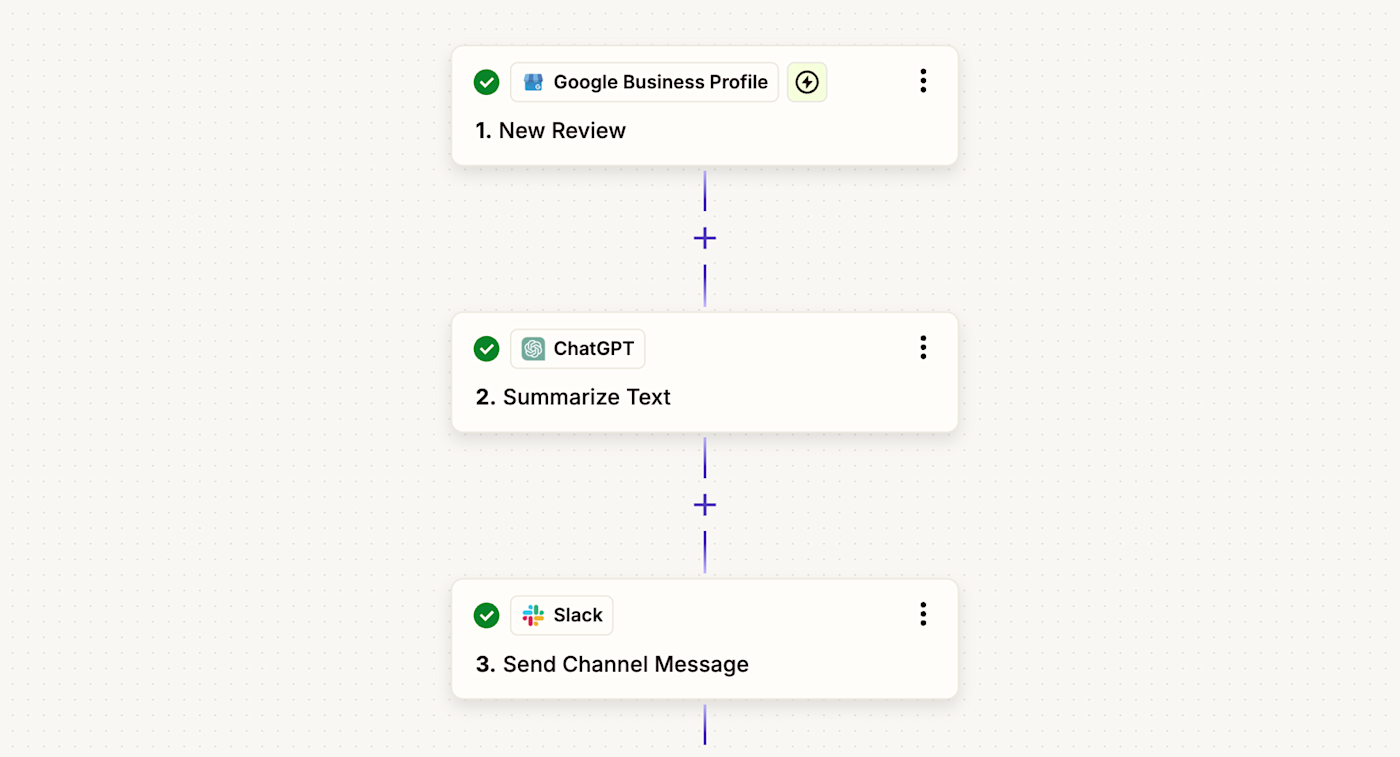
If you’d like to start with a template, click on the Zap template below to go to the Zap editor. You’ll need to create a Zapier account if you don’t already have one. Then, follow the directions below to set up your Zap.
Alternatively, if you prefer to receive the notifications as a weekly digest rather than individually, we’ll walk through how you can use Digest by Zapier for this purpose.
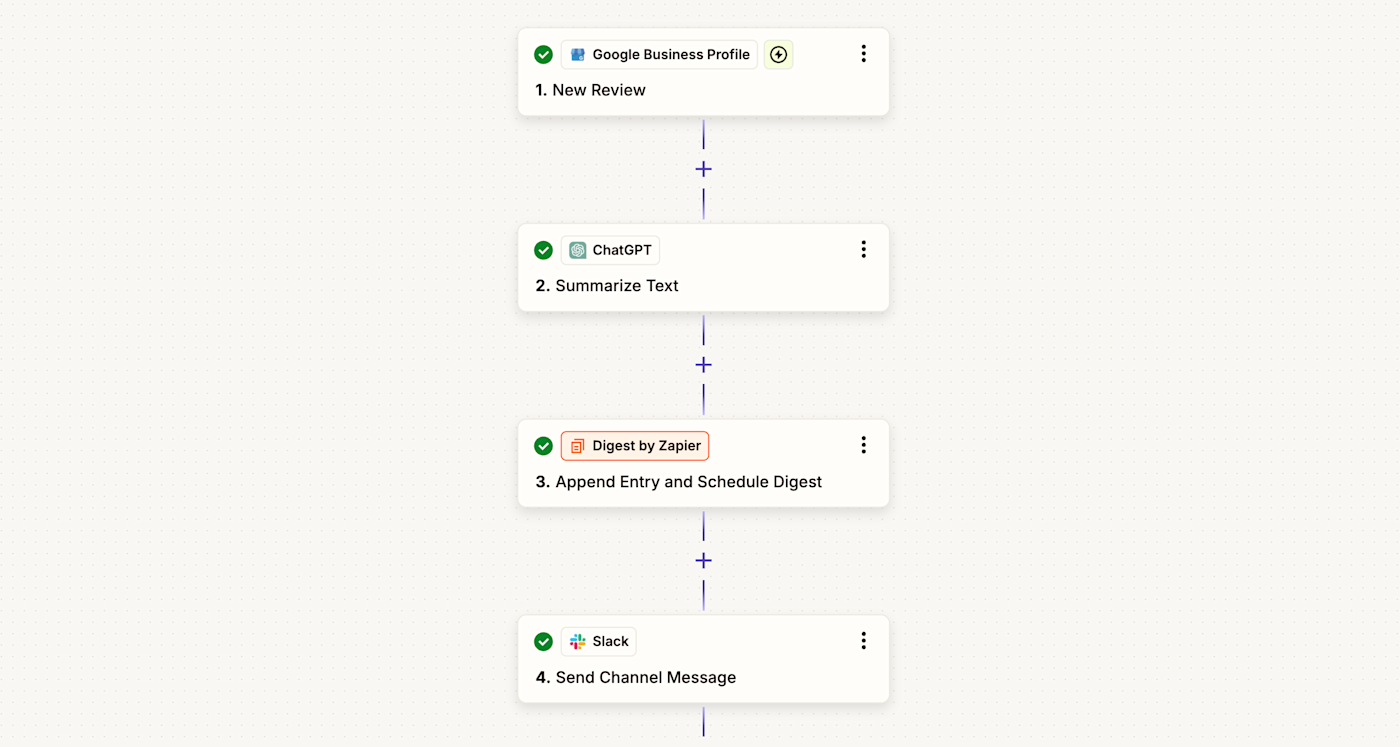
If you’d like to go the digest route, you can start with the following Zap template:
Before creating your Zap, you’ll also need an OpenAI account if you don’t already have one. Go to platform.openai.com to sign up for your account. You’ll also need a free Slack account, which you can sign up for at www.slack.com.
Are you ready to build this yourself? Let’s get started!
Step 1: Set up your Google Business Profile trigger step
First, set up your trigger step—the event that starts your Zap. Search for and select Google Business Profile for your trigger app and New Review for your trigger event. If you’re using the Zap template, these will be selected for you. Next, sign in with your Google Business Profile account, if you haven’t already, then click Continue.
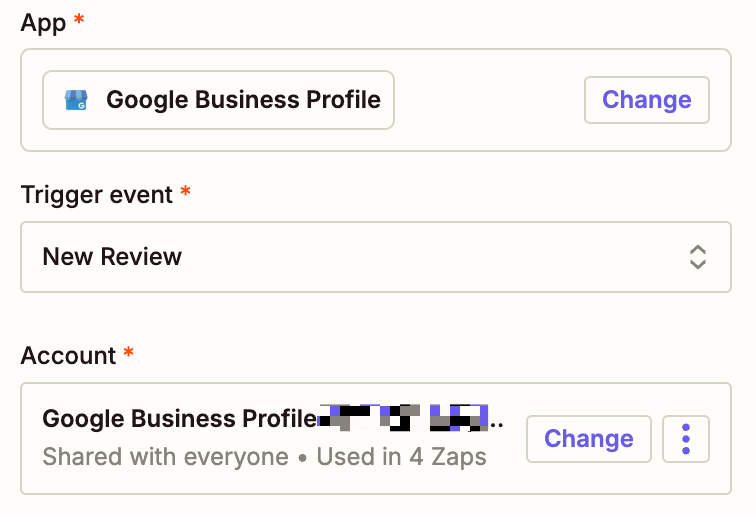
Next, it’s time to configure your trigger step. In the Account field, select the account for the right business. Under Location, select the business location you’d like to monitor for new reviews. If you have multiple business locations you’d like to monitor, you can later create a duplicate of this Zap for each location. Click Continue.
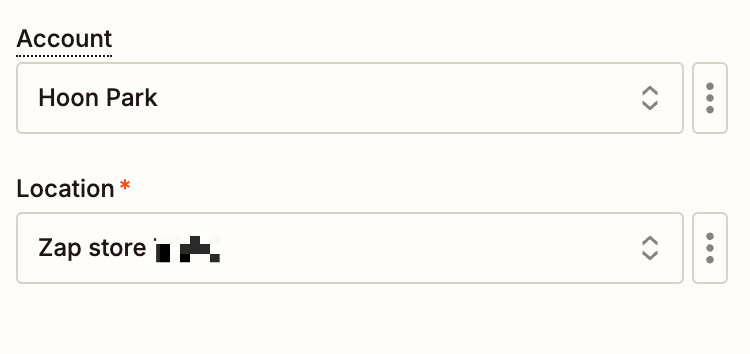
Click Test trigger, and the Zap will pull up a list of recent reviews. Select an existing review from the list of options—this will be used to set up the rest of your Zap—then click Continue with selected record.
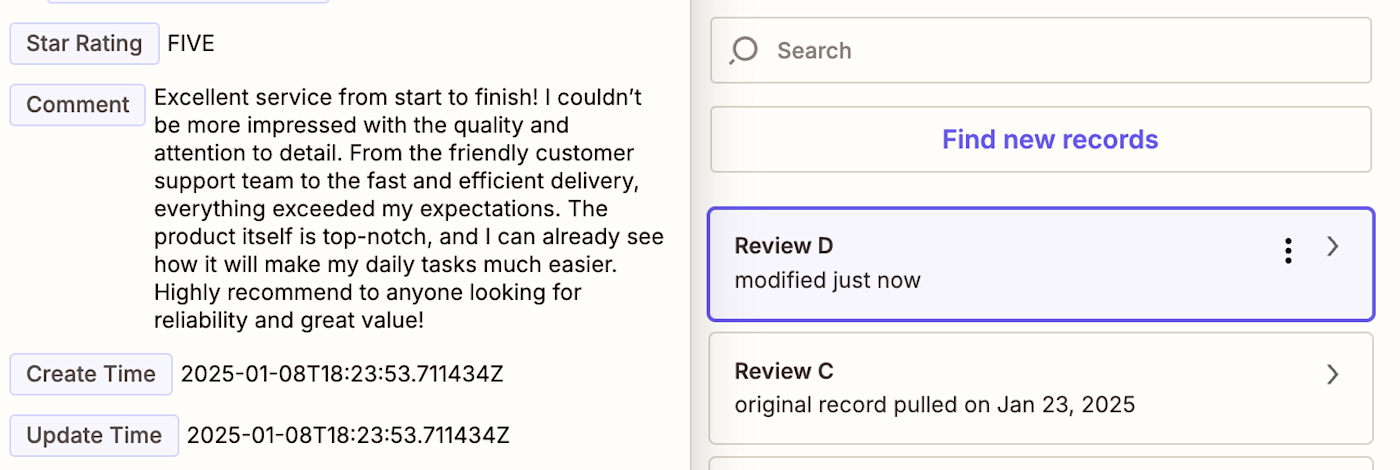
Once the test runs successfully, you’re ready to set up the action step.
Step 2: Set up your ChatGPT action step
If you haven’t set up your Zapier connection to OpenAI, you’ll have to do that now. To start, head back over to platform.openai.com to log into your account. At the top right of the page, click on your profile icon then API keys:
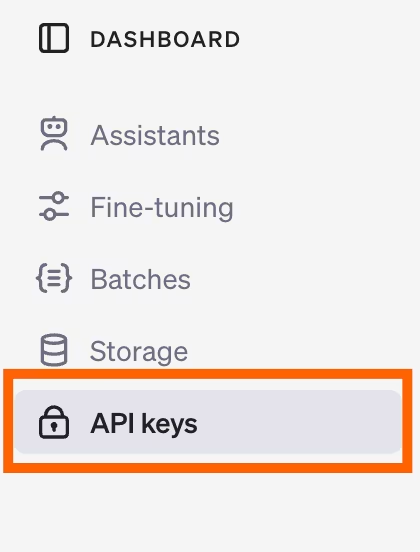
From that page, click on the + Create new secret key button to generate a new API key. You’ll need this key to connect to your OpenAI account within Zapier. Copy this key and store it somewhere safe.
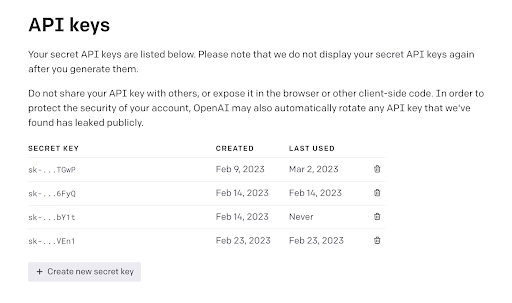
Once you’ve done that, head back over to Zapier as it’s now time to add an action step to your Zap. (If you’re using the Zap template this will already be set up for you.)
Select ChatGPT for your action app and Summarize Text for the action event. When prompted to connect your OpenAI account, paste in the API key you generated before. If you’ve already set up your account connection, simply select your existing account, and click Continue.
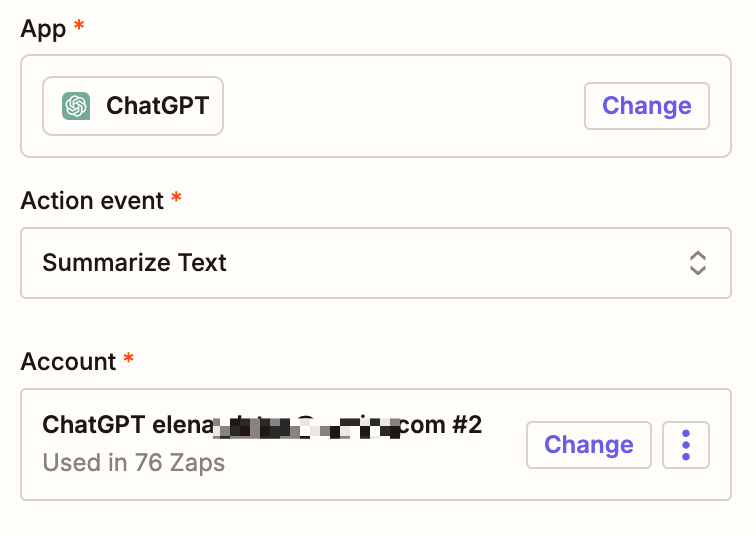
Now it’s time to tell ChatGPT what to do with your reviews. In the Text to Be Summarized field, you can pull in reviews from your previous Google Business Profile step so ChatGPT can summarize it. Just click the + icon inside the empty field where you want the data to go and select Comment from the list of options.
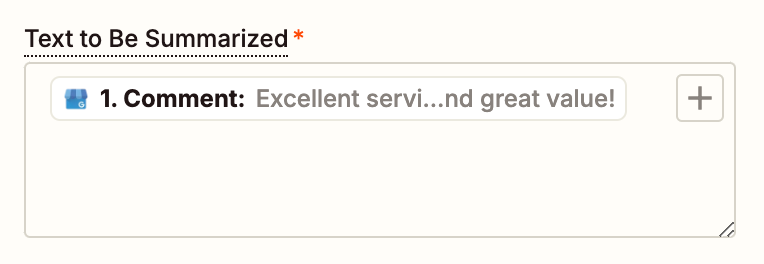
Your model will be set by default to GPT-4o mini, which we recommend using as it’s the fastest and cheapest model available. You can also leave all of the other fields (tokens, temperature, etc) for this step set to their default values as they may affect performance. Click Continue.
Next, click Test step to send the review over to ChatGPT. Review the summary and make sure everything looks okay. Here’s the original review text and the summary ChatGPT generated for me:
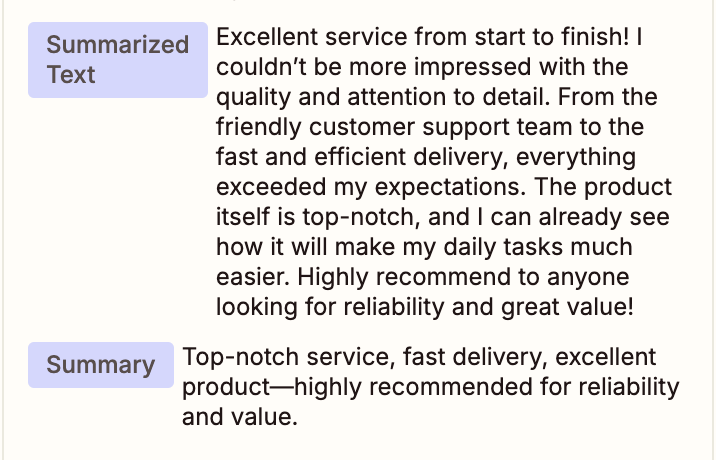
If you want to get a notification in Slack for each review you receive, continue to the next step.
If you want to get a weekly digest of all of your reviews, skip ahead.
Step 3: Set up your Slack action step
Next, we’ll set up the action step that will send the review summary back to you (or your team) in a Slack message.
Add a third action step by clicking the + icon at the bottom of your Zap. Next, search for and select Slack as your action app and Send Channel Message as your action event. Remember to connect your Slack account if you haven’t already connected it to Zapier.
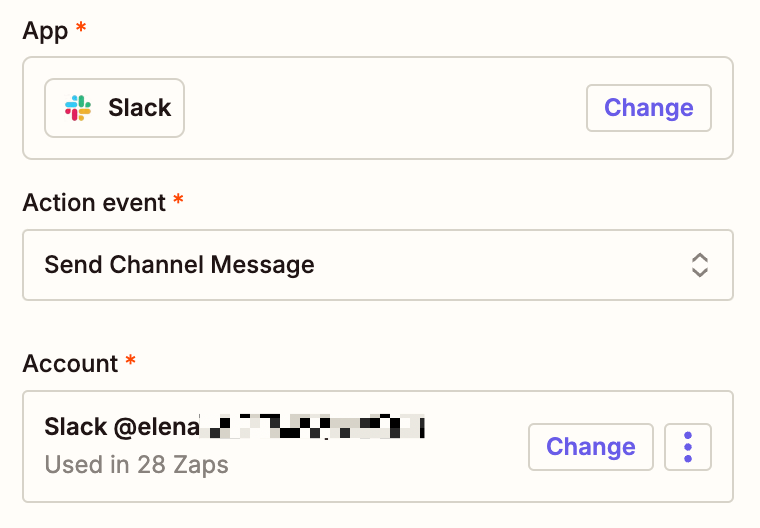
Next, we’ll set up the action step. Select the Slack channel you want these review summaries to be sent to. I created a new channel called google-review-summaries for this purpose.
In the Message Text field, you can type out the Slack message you want to send for each new review. Remember, the most important part will be mapping the data that ChatGPT summarized—listed as Summary from the dropdown menu. You can also map data from your previous Google Business Profile step (like the original review or the name of the person who left the review, for example).
Here’s what ours looks like:
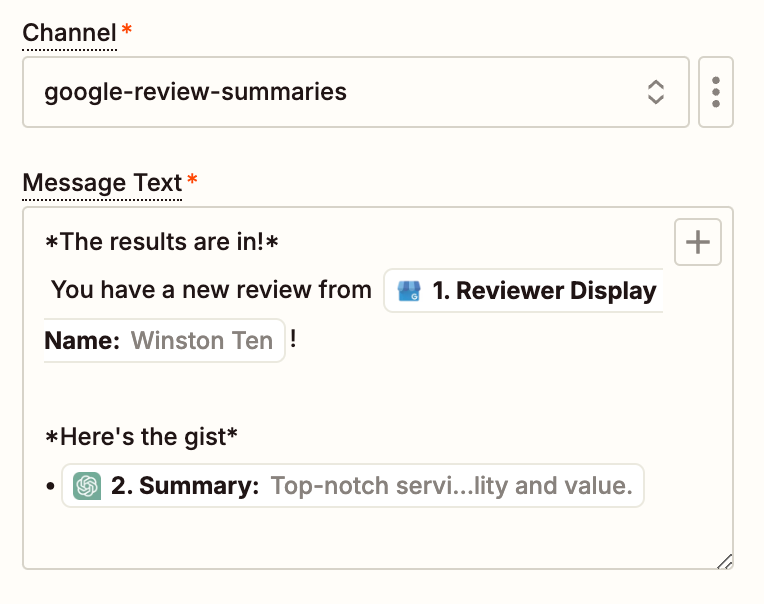
This will create a message in Slack that includes the summary generated by ChatGPT and a reference to the name of the reviewer.
You can also add a bot name and a bot icon to help folks identify the messages.
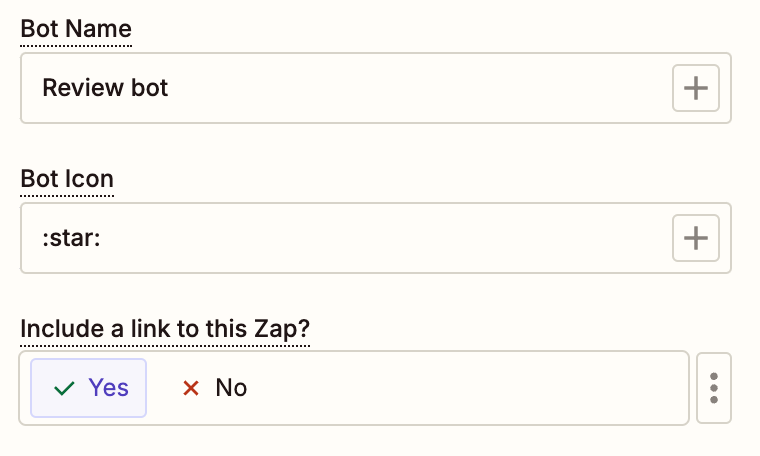
You can also choose to include a link to the Zap, auto-expand links, and link usernames and channel names in your message. Once you’ve finished adjusting your fields, click Continue.
Now it’s time to test your step. Click Test step to send the summary message to your Slack channel and make sure everything is working properly. If everything looks good, you’re now ready to publish and start using your Zap.

Get a weekly digest step 3: Set up your digest entries
If the idea of receiving instant notifications for every review you receive feels too noisy or distracting, the weekly digest is the better solution.
Instead of setting up a Slack notification for the third step, we can use a built-in Zapier tool called Digest by Zapier to store up the review summaries throughout the week and then release them to us all at once at a designated time.
Add a new action step to the bottom of your Zap. Select Digest by Zapier for your action app and Append Entry and Schedule Digest for your action event. Click Continue.
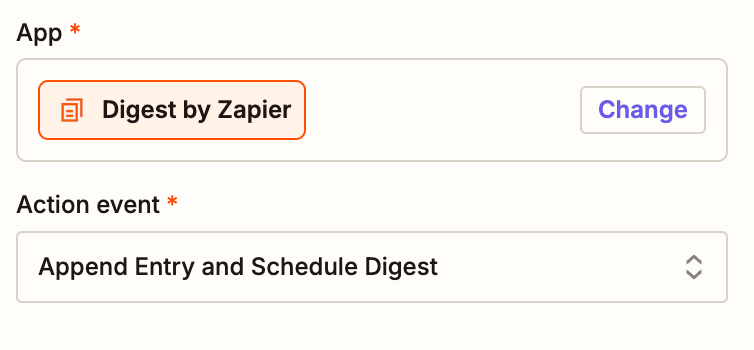
Navigate to the Action section and give your digest a descriptive title like Weekly review summaries.
For the Entry field, map the variables from the prior steps (the summary and reviewer name) by selecting them with the + icon.
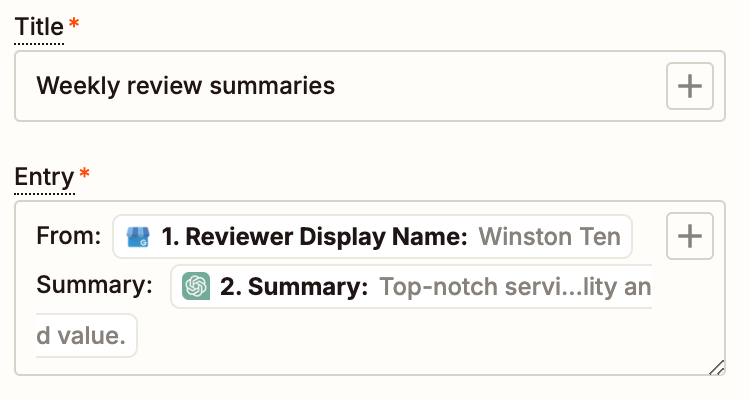
For the Frequency field, select Weekly, and for the Day of the Week field, select which day of the week you’d like to receive the digest. Finally, in the Time of Day field, choose the best time.
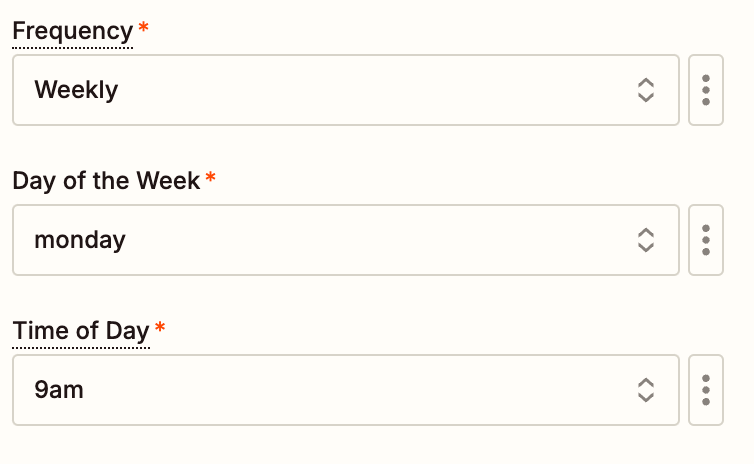
Click Test step to add an entry to your digest and make sure your action step is set up correctly.
Get a weekly digest step 4: Set up the Slack action to release your digest
Finally, we’ll set up the action step that will release your weekly digest and send all of the review summaries to you in a Slack message. This digest message will automatically send on the day and time you specified in the prior action step.
Add an action step and search for the Slack app. Select the Send Channel Message event and connect your account.
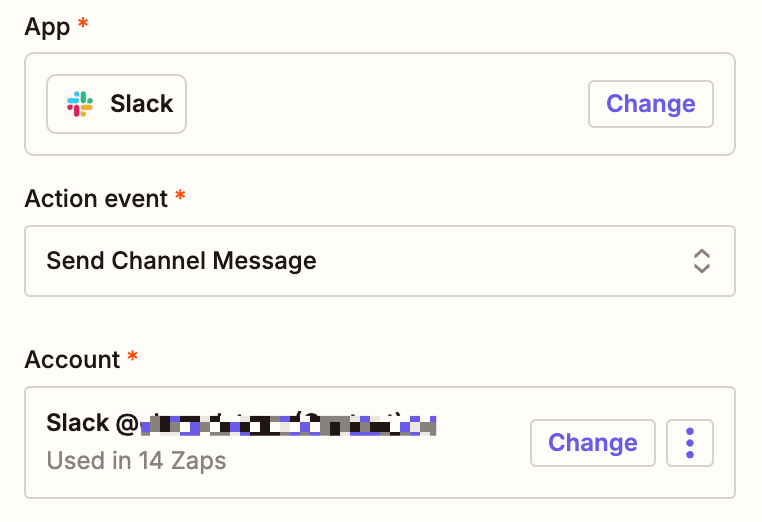
In the next section, select the channel you want these messages to be sent to. I created a new channel called google-review-summaries for this purpose.
In the Message Text field, copy and paste the following, replacing the bracketed content with the data received from your previous digest step by mapping it with the + icon.
*You received {Digest Count} reviews this week*
{Current Digest}
Your Message Text field should look like the following image when complete:
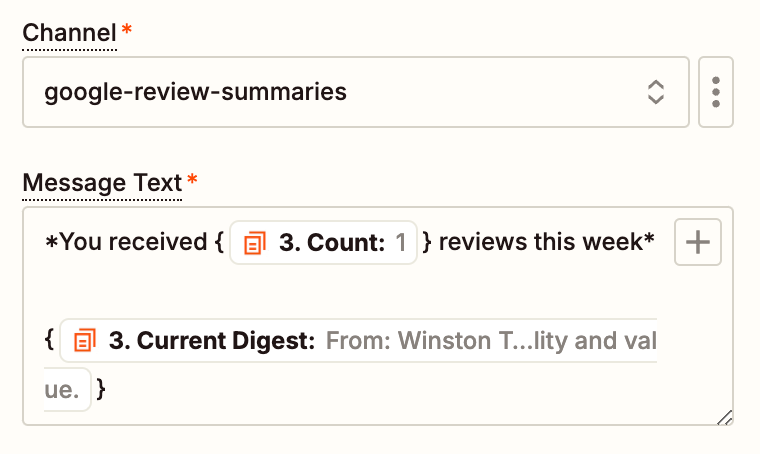
This will create a message in Slack that includes the total number of reviews received and the digest with all of the review summaries that were created throughout the week, formatted as we specified in the prior step.
You can also choose to include a link to the Zap, auto-expand links, and link usernames and channel names in your message. Once you’ve finished adjusting your fields, click Continue.
Next, click Test step to send the summary digest to your Slack Channel and make sure everything is working properly. If everything looks right, you’re now ready to use your Zap!

Supercharge your reviews
Tracking and managing Google reviews doesn’t have to be a hassle. With Zapier and ChatGPT, you can automate the process of summarizing new reviews and easily share them with your team.
Whether you choose to get real-time updates in Slack or a weekly digest, you can stay on top of customer feedback without having to constantly monitor your Google Business Profile.
This article was originally published in September 2023 and was most recently updated in January 2025.